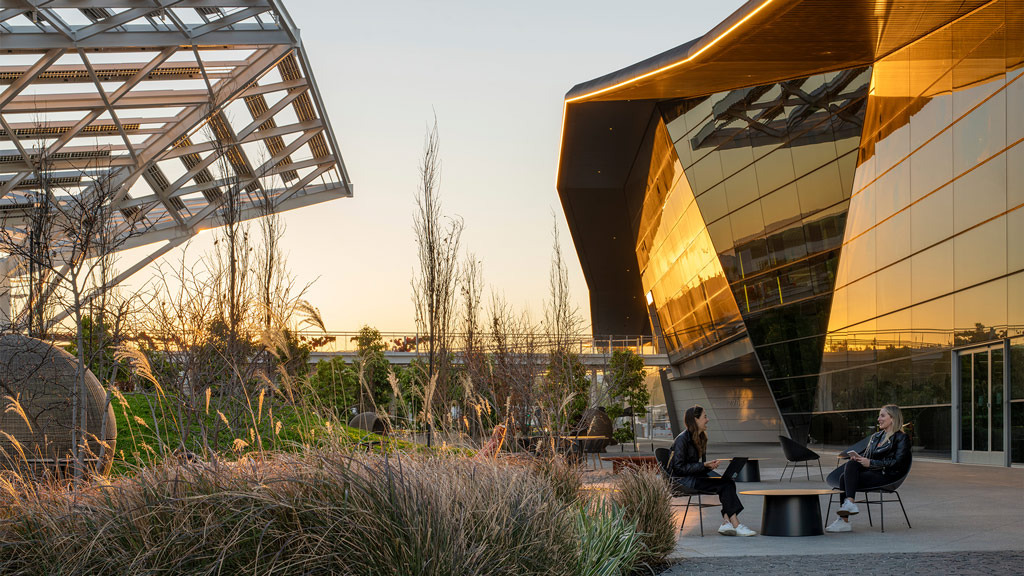5 Ways ESG Can Influence Design and Create Opportunities
By Stacey Olson, Anthony Brower, and Audrey Handelman
In response to our last article on “The Future of ESG in Architecture,” many of our partners have asked how they can create an “ESG compliant building.” The truth is that environmental, social, and corporate governance (ESG) is a multifaceted approach in response to the way business is conducted, how the environment is affected, and potential impact on the community. No single rating system or program can capture the unique challenges and opportunities any given asset may have. Several ESG reporting tools exist that provide frameworks intended to capture and quantify the non-financial opportunities and risks of a corporation’s daily business practices. However, for a project to transcend the norm, innovation, ingenuity, and science-based targets can make way for more quantifiable, tangible outcomes.
[Read more about our ESG and sustainability consulting services.]
ESG reporting mechanisms that prioritize diversity, equity, and inclusion, while looking through the lens of environmental stewardship, community impact, and corporate governance provide quantifiable, performance-based outcomes. These are the non-negotiable tenets of ESG. Unfortunately, the reporting of ESG metrics is inconsistent, and the results are often difficult to understand.
Meanwhile, capturing real estate ESG metrics often relies on a back-casting model: calculating impacts based on completed work, instead of strategizing enhancements through an integrated, data-driven approach to new work. But by expanding our understanding of ESG metrics, we can tangibly quantify the positive impacts design innovations can bring, and pursue an informed decision-making strategy that begins with design and produces results-driven outcomes.
We’ve identified five ways we’re rethinking designing for ESG, using a science-based approach that can impact the ESG value chain.
ESG Site Selection Tool
Before we get into the ESG measures that can be influenced by design strategies, we must first identify properties that are best suited to doing so. Given the complexity of ESG variables and the general inconsistency across competing reporting mechanisms, the future of smart asset acquisition strategy must shift to a metrics-informed equation.
Over the past year, we have developed a tool to do just that. Our research-based prototype can quickly assess open-source data to identify strategic repositioning opportunities for enhancing a building or asset’s environmental and social performance indicators. The tool uses publicly available data aligned to six performance indicators to create a current building score, as well as an opportunity score. This tool can help our clients quickly identify risk and reward regarding property investment options from a high-level ESG perspective, saving time and money while allowing for quick investment decision making.
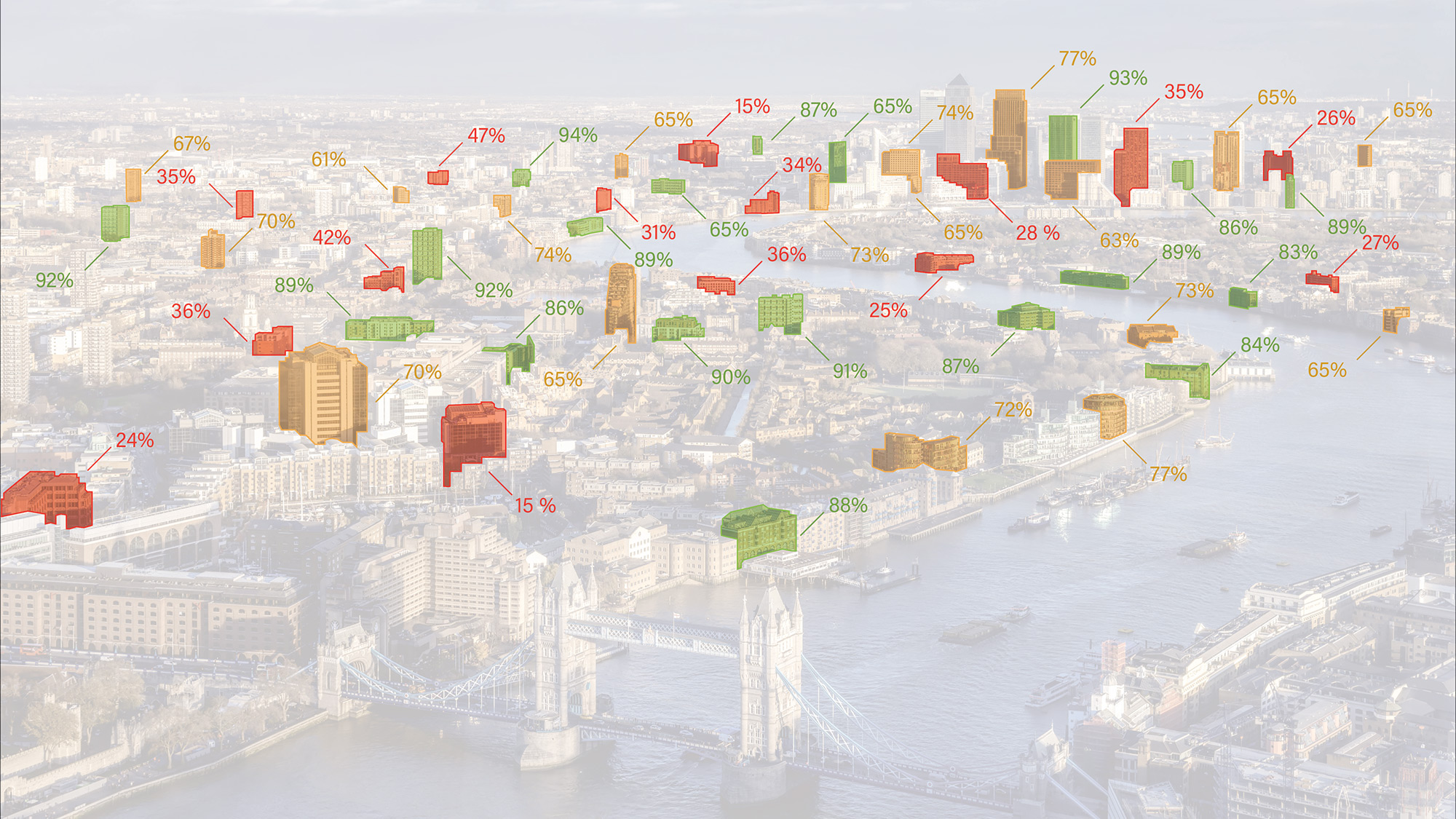
Reimagining Thermal Performance
Once a site or asset is selected, we can evaluate where design strategies can create co-benefits, whereby one system or design change yields a positive effect on all three areas of ESG together, rather than only one aspect. For example, blurring the boundaries between interior and exterior spaces is a trend we see year-over-year. The environmental challenge is in moderating the energy losses with thermal comfort, while the cost of air conditioning is generally measured in financial terms. By reimagining this metric as a way of providing healthier, more productive ways of working, we can solve for the energy inefficiency equation by introducing interventions like ceiling fans and radiant floor heating. Meanwhile, by addressing outdoor thermal comfort, we can enable social and wellbeing co-benefits, improving employee satisfaction, increasing staff engagement, and fostering community connectivity.
By quantifying this as a metric, our research has found that it’s possible to extend the seasonal comfort of exterior workspaces by roughly three months per year, increasing potential “outdoor” occupiable hours by approximately 30% — even in severe climates. This can be immediately impactful to ground floor retail tenants. What’s more, by imagining an operable façade as a building ecosystem, we envision the possibility for natural landscape on every floor, providing extensive opportunities for fresh air, semi-outdoor work environments that benefit from direct access to sunshine, spaces for exercise, and the movement of flora and fauna to invigorate the senses.
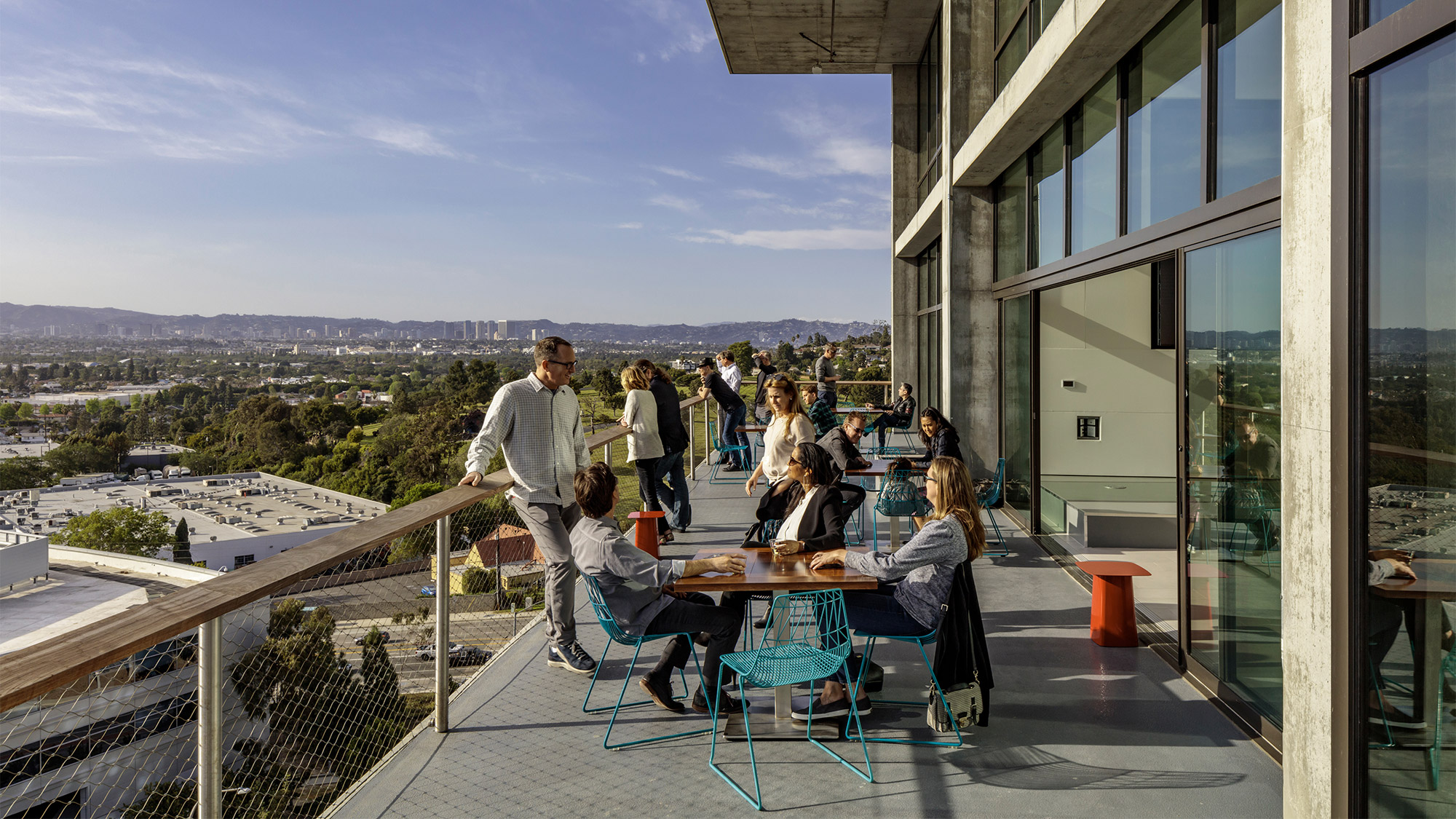
Calibrating Event Experiences
Regardless of space type, the paths in, out, and around it have an exceptional impact on how comfortable a space feels. Do the aisles feel tight? Is wayfinding intuitive? And what about the proximity between amenities? In designing a professional sports or entertainment venue, establishing metrics for proximity between guest and amenity — and guest to the event — bring a whole new level of value. Previously unmeasured and unvalidated, here is a potentially new ESG metric that branches into the social and experiential value of spaces. One that is designed specifically for the sports and entertainment industry.
These event venues present a unique opportunity in relation to organization and design. The travel distance connection between the fan, team, and various amenities rules the stadium in the same way that the placement of the refrigerator, stove, and sink make a kitchen either highly functional or difficult to cook in. Some metrics we’ve identified in these spaces are: Barriers to Access, which refer to how many thresholds such as elevators, stairs, and aisles a patron must pass through to begin the fan experience; the Guest Efficiency Index, which refers to how far a fan must travel to reach the ancillaries such as food & beverage, merchandise, or restrooms; and the Fan View Index, which measures the angularity, depth, and perception to the action for each seat type. Combined, these metrics are beginning to quantify the Fan Experience Index.
By developing measurable scores, the true value of the experience — and the cost of a ticket — can be calculated with precision and allow for a greater level of equality for all guest spaces. With metrics guiding design strategy through our distinct measurement tools, we can guide our clients’ planning decisions that impact the fan experience for all sports venue attendees.
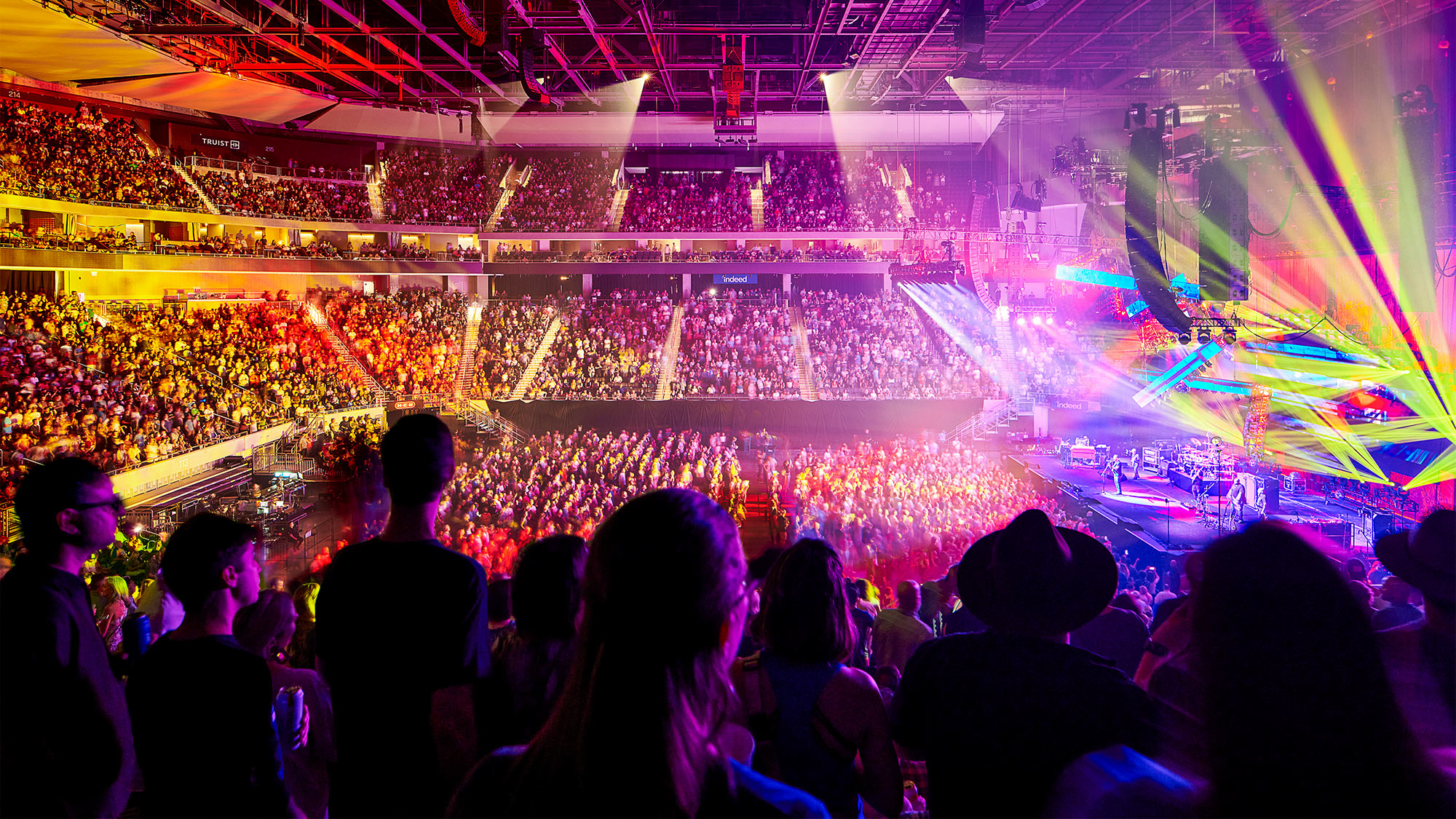
Retail Neighborhood Permeability
What should “home” feel like? The answer is different for everyone, and when it’s time to put roots down in a new location, the stress of making the right decision can fill a person and a family with dread and anxiety. One important consideration is the proximity and availability of amenities such as banks, grocery stores, a library, laundry facilities, gyms, and other commercial retail. However, for developers to create positive social impact with their projects, it's key to define what residents and other occupants consider an amenity versus a necessity. For example: proximity to a grocery store is a necessity for many, whereas a gym might be more of an amenity. Measuring the proximity and availability of individual communities' necessities — and building to fit those needs — will move the S needle on projects' ESG impact.
Applying metrics to the various jigsaw pieces that join a neighborhood together can have a positive impact on communities at scale. In addition to survey-based qualitative data, our holistic ESG metrics include quantifying percentages of open space, visual permeability, tree canopy ratio, and the proximity of access to retail, to name a few — which allows our algorithm-based tool to pinpoint the likely success of enjoying that new home around the corner, as well as for how to design for what people want the most.
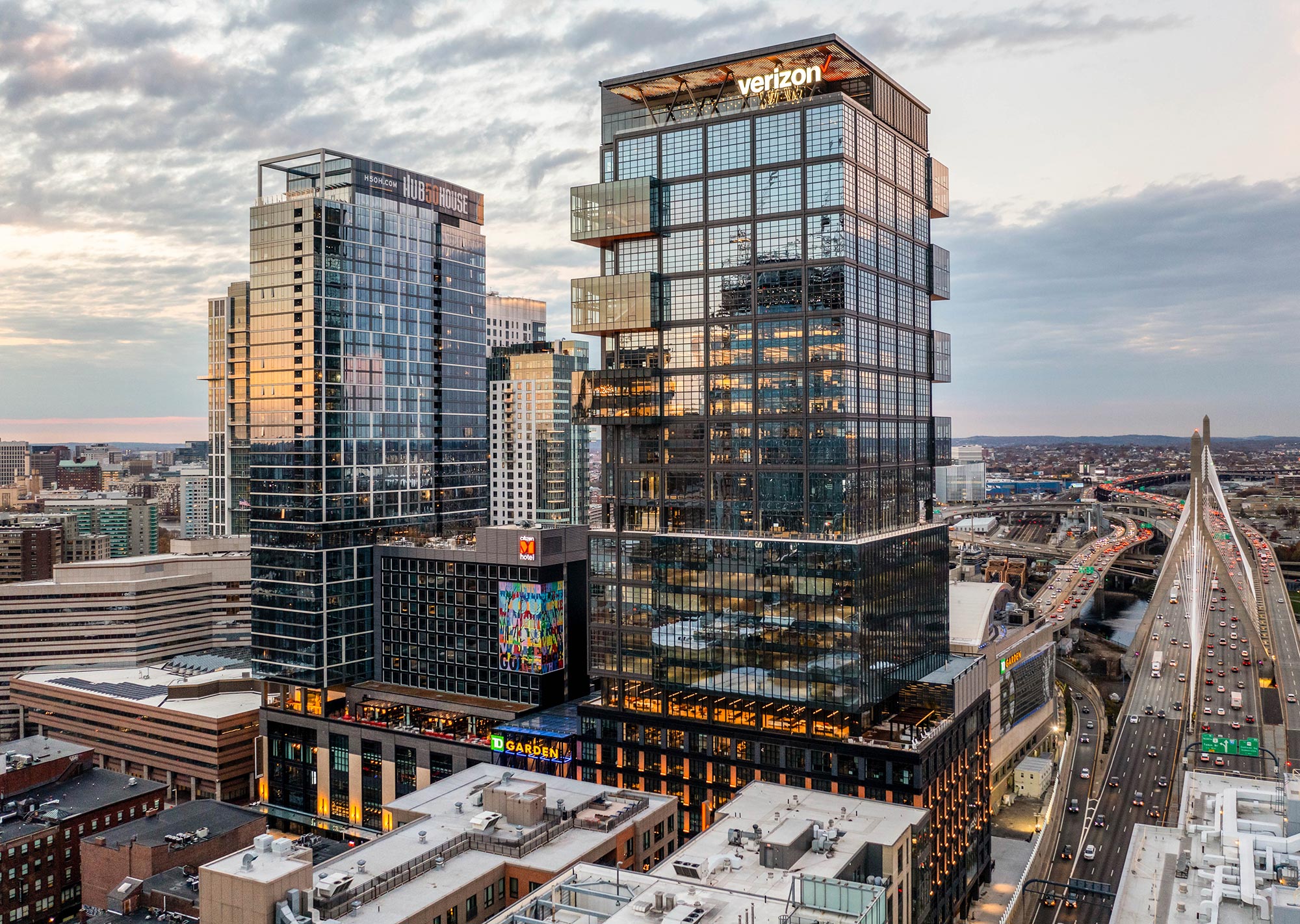
Workplace as the Antidote to Anxiety
Wellness has evolved from beyond the juice bar and yoga mat to an expectation that people be recognized for their humanness. Meanwhile, we know that happy people are healthier people, and healthier people are good for business. People who feel good are more productive, committed to their work, are less likely to leave the company, and in turn: the company benefits from increased productivity.
Achieving individual happiness is a complex equation, and must address the four components of secular humanism: relationship to self, relationship to others, relationship to nature, and relationship to the divine. What’s more, at Gensler we use eight distinct lenses for evaluating individual wellness, including: professional, intellectual, social, emotional, physical, environmental, purpose, and organizational culture. By quantifying various KPIs within these categories, we’ve created an Emotional Experience Index, which provides organizations with the secret sauce to programming the availability and quantity of wellness amenities, as well as to redefining corporate operational policies. These indices allow us to measure some of the most challenging metrics related to the governance and social impact of spaces.
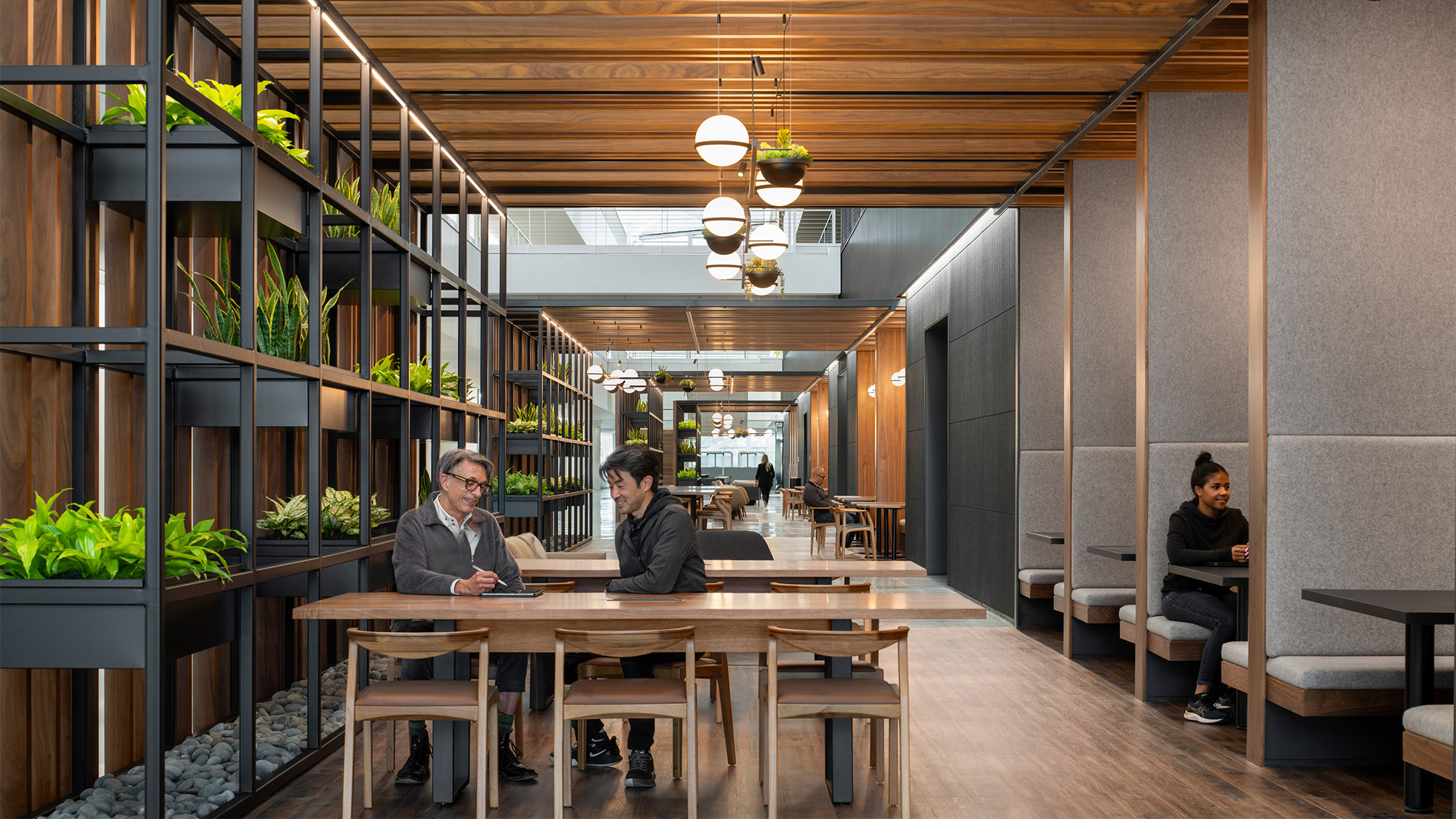
The Future of ESG
Measuring key performance indicators of success to streamline strategic business decisions is a process that cuts across almost every industry. It even scales within industries to measure both business and people performance. Whereas in the past, the industry has measured what has succeeded and what hasn’t: now is the time to put that data to work. By harnessing ESG and metrics-analysis, design decisions can be informed by their intended results from the very start.
For media inquiries, email .
